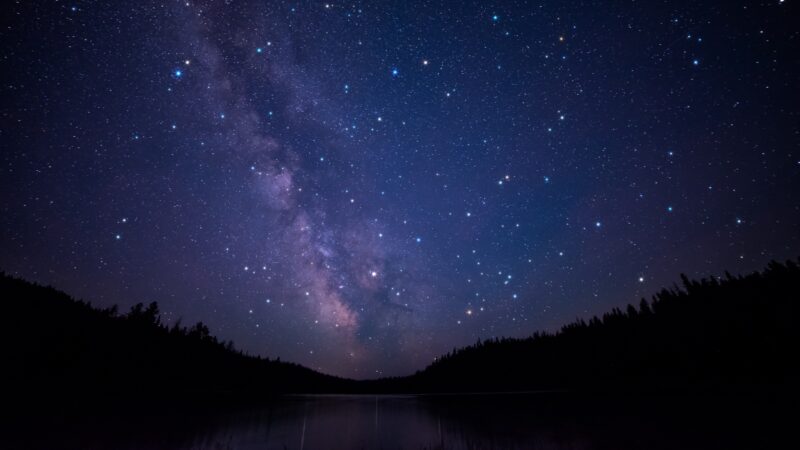Table of Contents Show
If you’ve visited some of the national parks in the Southwest, you’ve likely seen the words “International Dark Sky Park” on a sign or pamphlet.
Many protected areas have earned this status because they lack light pollution. By reducing the glare of artificial light from cities and communities, we can preserve fragile ecosystems and enjoy the breathtaking views of space.
Let’s take a closer look at this designation and the DarkSky International agency that educates the public on the dangers of light pollution.
What Is DarkSky International?
DarkSky International provides leadership, tools, and resources to communities and policymakers to educate others about the harmful effects of light pollution.
The group advocates for and promotes responsible outdoor lighting that is healthy and functional.
DarkSky International is present in more than 70 countries. Through advocates, partners, and chapters, the group strives to pass legislation, work for dark sky protections, and organize events like dark sky festivals for communities.
Through rigorous guidelines, DarkSky International ensures that these certified places and those seeking certification adhere to continual planning and protecting the nighttime environment.
For example, the Milky Way must be visible to the unaided eye. Urban locations must use light only when necessary for the safety of citizens. Parks and reserves must have a night sky brightness equal to or darker than 21.2 magnitudes per square arcsecond.
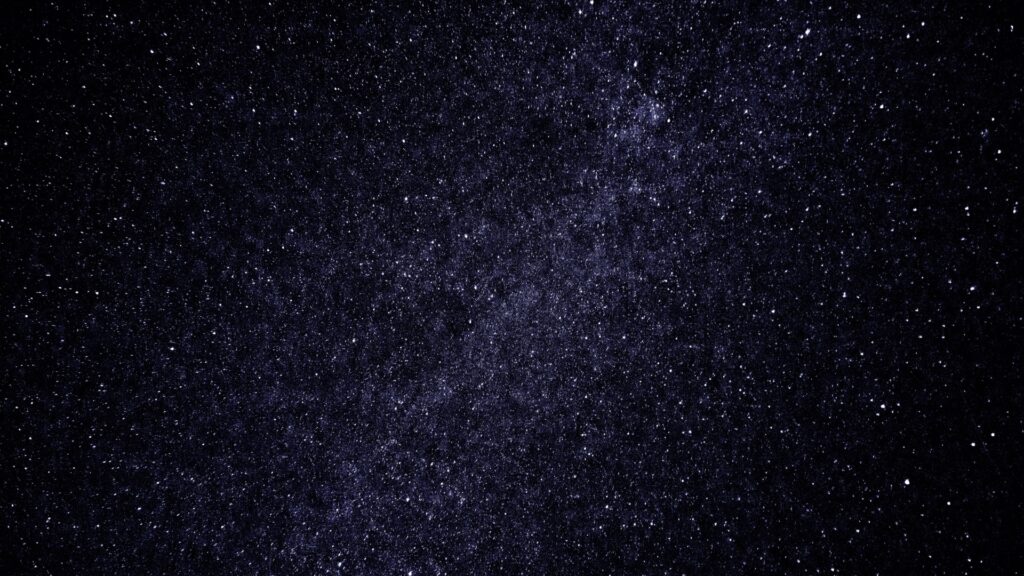
What Is the International Dark Sky Places Program?
One significant achievement of DarkSky International is the Dark Sky Places Program, which “certifies communities, parks, and protected areas around the world that preserve and protect dark sites through responsible lighting policies and public education.”
More than 200 places around the world are certified Dark Sky Places.
The program began in 2001, establishing Flagstaff, Arizona, as the first International Dark Sky City. Today, there are 22 countries with Dark Sky Places, protecting over 61,700 square miles of land.
These Dark Sky Places are protected from artificial light, which can destroy nocturnal habitats.
DarkSky International uses the Dark Sky Places Program to encourage communities to choose better lighting solutions. Not only does this protect fragile ecosystems, but viewing the nighttime sky and its brilliance fills stargazers with awe and wonder.
What Are the Dark Sky Place Certifications?
There are currently five different Dark Sky Place certifications. What started as recognizing a single city as a Dark Sky City grew to include Dark Sky Communities and Urban Night Sky Places.
The program has since expanded to include International Dark Sky Parks, Reserves, and Sanctuaries.
International Dark Sky Reserve
International Dark Sky Reserves are worldwide, from central Idaho to Europe, Australia, and Namibia. Reserves can be private or public land “protected for its scientific, natural, or educational value, cultural heritage, and/or public enjoyment.”
Through regulations and planning, managers of these reserves support dark sky preservation. There’s a core area and a peripheral area that supports the core’s nighttime sky. There are currently 21 International Dark Sky Reserves.
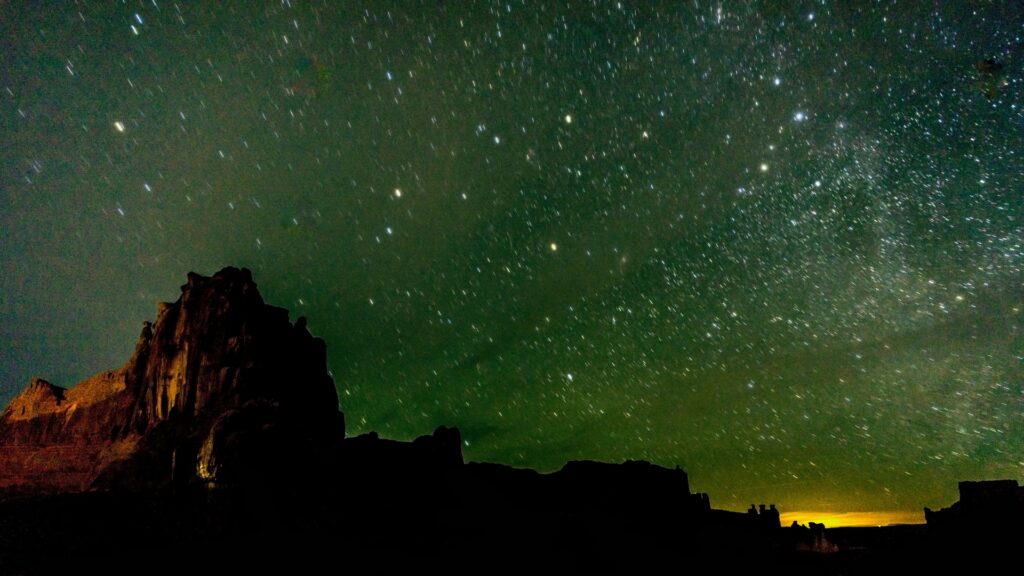
International Dark Sky Park
A Dark Sky Park is very similar to a Dark Sky Reserve in that it protects land for scientific, natural, or educational value, cultural heritage, and/or public enjoyment.
However, these parks allow public access, while reserves can be on private land. This is why several national parks in the U.S. are named International Dark Sky Parks and not International Dark Sky Reserves.
There are currently 116 International Dark Sky Parks all over the world.
International Dark Sky Sanctuary
A sanctuary differs even more from reserves and parks. Dark Sky Sanctuaries are typically in very remote areas that are visited infrequently.
These isolated areas have few threats to the quality of darkness. Because of their geographic locations, these sanctuaries are protected more to “increase awareness of these fragile sites and promote their long-term conservation” rather than for public outreach.
There are currently 17 International Dark Sky Sanctuaries in South Africa, New Zealand, Australia, Chile, and the U.S.
Pro Tip: If you travel with a furry friend, then make sure you read about The Least Pet-Friendly National Parks when planning your next trip.
International Dark Sky Community
An International Dark Sky Community is a city, town, or municipality “that has shown exceptional dedication to the preservation of the night sky through the implementation and enforcement of a quality outdoor lighting ordinance, dark sky education, and citizen support of dark skies.”
These communities enforce their outdoor lighting policies and institute responsible lighting and stewardship. There are currently 42 International Dark Sky Communities in Canada, Japan, Scotland, Germany, Croatia, Denmark, China, and the U.S.
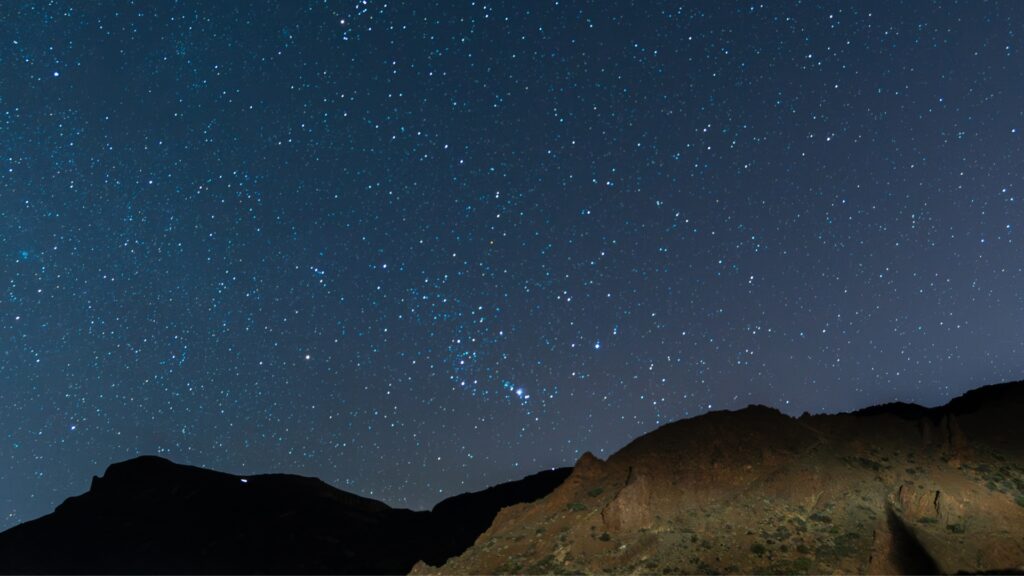
Urban Night Sky Place
The Urban Night Sky Place designation was established to support and encourage parks, open spaces, and properties near urban environments to promote an authentic nighttime experience.
These places seek to educate the public about proper outdoor lighting to minimize the potential harm to the natural environment. There are currently seven Urban Night Sky Places in Japan, Canada, and the U.S.
How Many International Dark Sky Parks Are There?
DarkSky International has designated over 200 dark sky places in 22 countries on six continents. There are 116 Dark Sky Parks; 86 are in the U.S., and two are in Canada.
The southwestern U.S. has the most dark sky parks in the world, with 52. Because of the lack of major cities, the light pollution is far less here than in other places like the West and East Coasts.
Pro Tip: Check out these 10 National Parks You Can Explore Sans Car!
How Many National Parks Are International Dark Sky Parks?
Of the 52 International Dark Sky Parks in the U.S., 16 are national parks. Arches, Big Bend, Black Canyon of the Gunnison, Bryce Canyon, Canyonlands, Capitol Reef, Death Valley, Grand Canyon, Great Basin, Great Sand Dunes, Joshua Tree, Mammoth Cave, Mesa Verde, Petrified Forest, Voyageurs, and Zion have all earned the Dark Sky Park recognition.
This means about 25% of our nation’s 63 national parks offer stunning views of the natural nighttime sky.
What Are the Benefits Of Becoming A Certified International Dark Sky Place?
Through certification, Dark Sky Places brings attention to the problem of light pollution. They educate the public on the need to preserve the night sky. They encourage visitors and residents to connect to nature.
By earning this certification, these reserves, parks, sanctuaries, communities, and urban places also see spikes in tourism and the local economy.
People want to visit locations with dark skies. We’re drawn to the nighttime scene of millions of brilliant stars twinkling against the darkness.
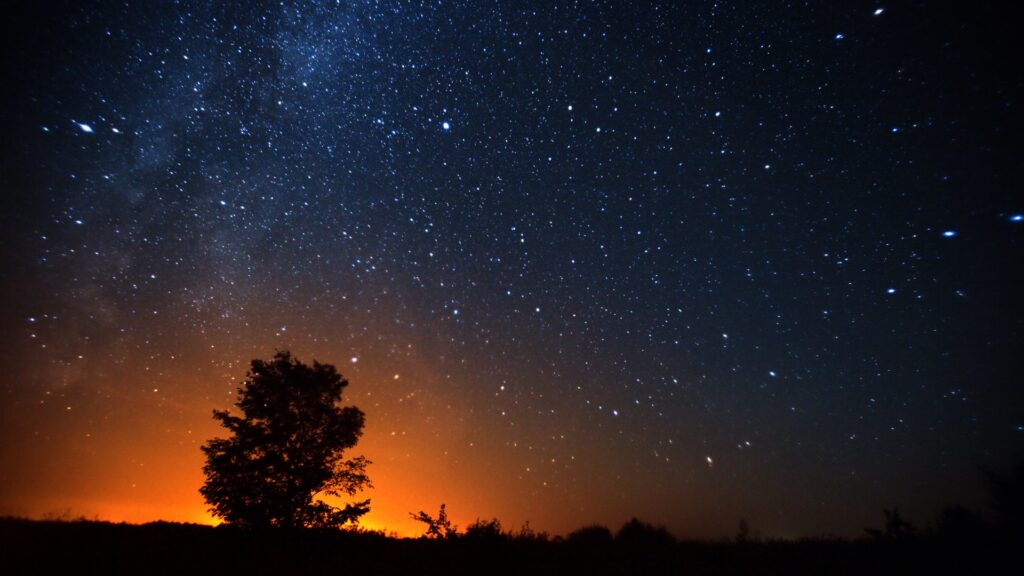
Explore An International Dark Sky Park Near You This Camping Season
If you enjoy stargazing during your travels, the 86 International Dark Sky Parks in the U.S. are excellent places to visit. But you don’t have to love science or astronomy to seek such locations.
We should all be concerned about our environment. By learning more about light pollution and the harmful effects of artificial light, we can do our part to make the world a better place.
What will you see, learn, and experience the next time you visit an International Dark Sky Park?




